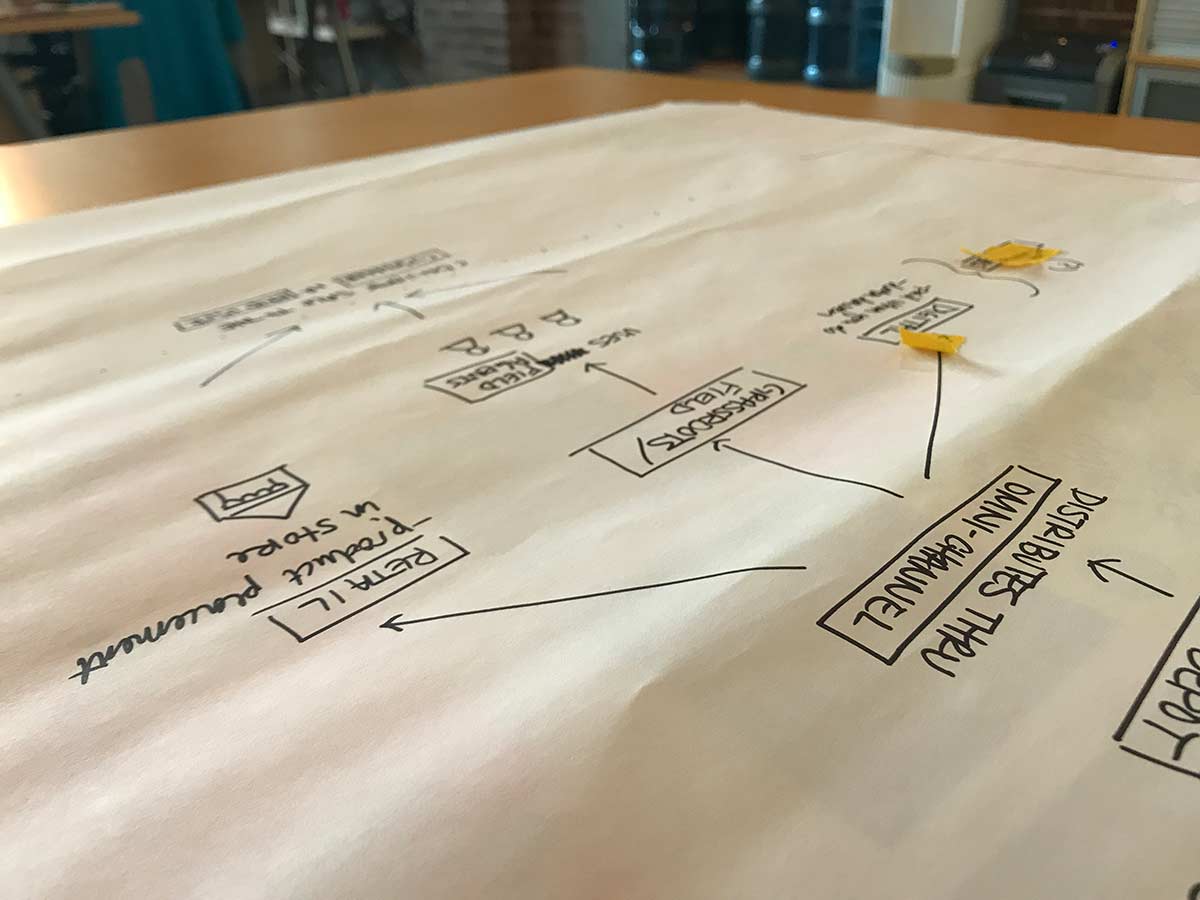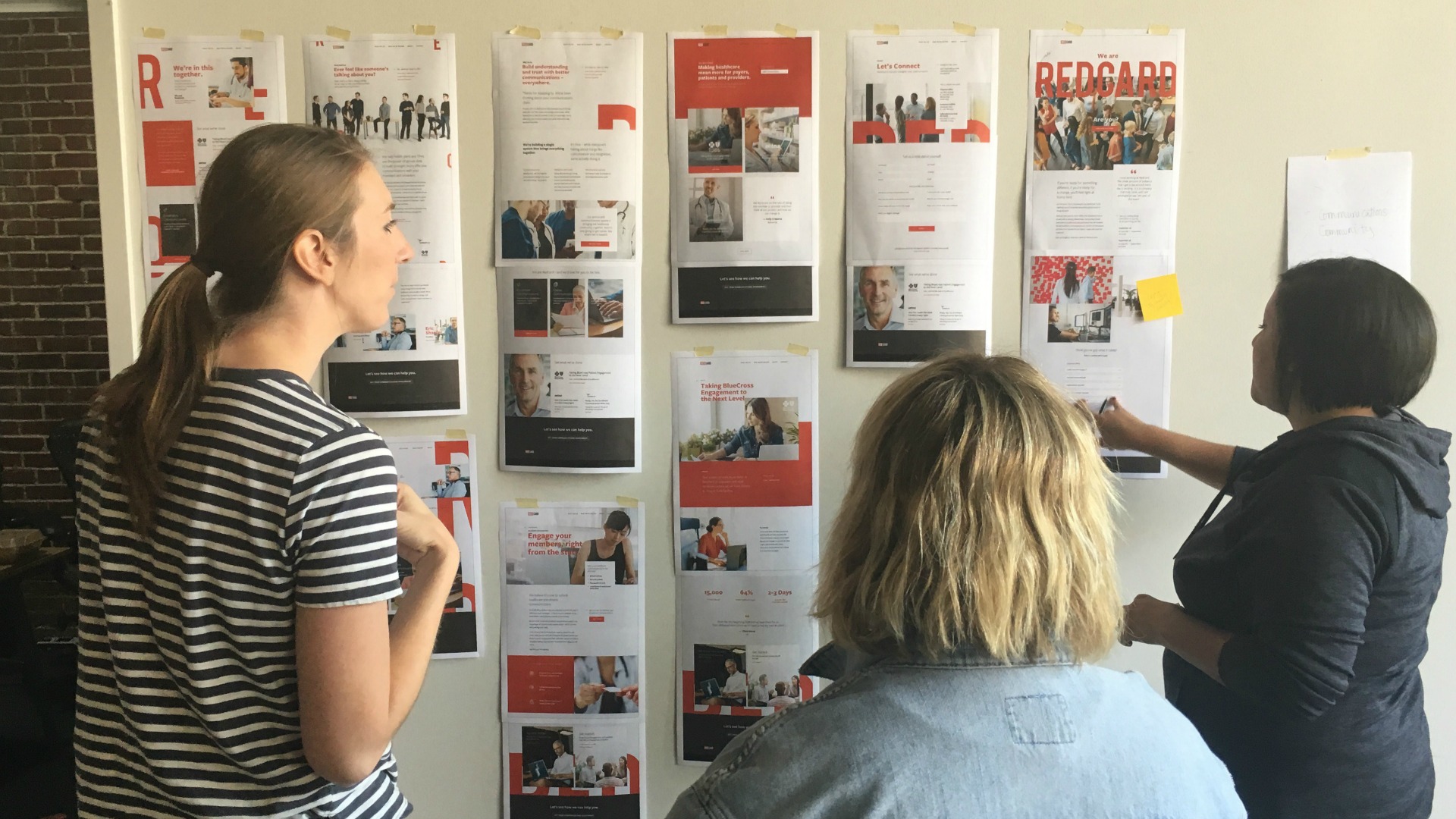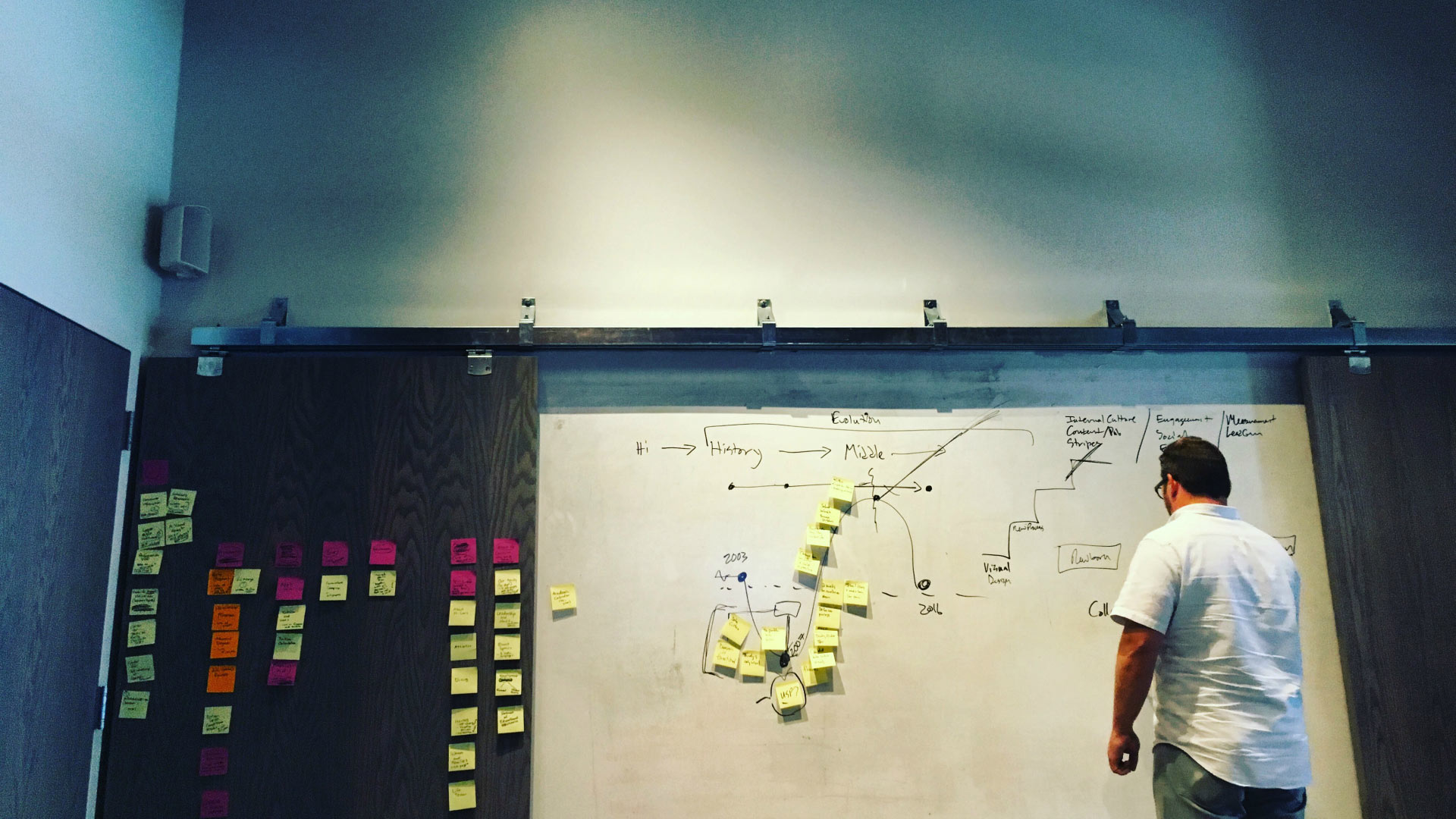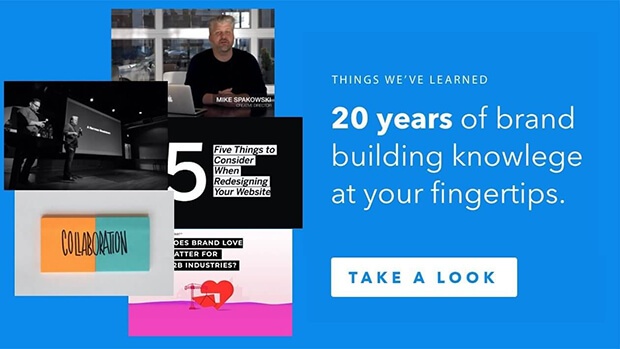How a Journey Map Can Transform Your Website – and Your Business
It seems like everyone’s talking about journey mapping these days. So much so that those on the bleeding edge are starting to say the maps are so passé, their time has come and gone. That couldn’t be further from the truth.
These days, there are more opportunities for your customers to get in touch with you (and you with them). That means there are also more chances for you to differentiate yourself from the competition and create a memorable experience.
And how do you make the most of these opportunities? It starts, of course, with identifying all of the possible touchpoints as people make the journey from prospect, to lead, to customer to (hopefully) long-time fan.
These touchpoints – along with possible actions at each point – become the core content of a journey map. Of course, “map” is a loose term here. It could be a timeline. It could be a flowchart. It could be a list, or a map or any other kind of document you can imagine.
Sorry to be vague here, but the important part of a journey map is not the format it takes. It’s that you’re able to take a look at every aspect of your customer experience. Oh, and the real key? To see it from your customer’s perspective.

Let’s start with something we all know. Maybe too well. It’s author and motivational speaker Simon Sinek’s beyond famous quote: “People don’t buy what you do, they buy why you do it.”
What if we turned that thought on its ear? We’ve talked in this space before about thinking like your customer. But what if we took it a step further – and asked ourselves why customers find themselves at each stage of the buying process, and why they move forward?
What does it mean to be customer-centric? It’s subtle, but it makes a difference. Think about the challenge you’re facing right now. Why are you creating a journey map in the first place?
“I want to grow my business.”
Yes, of course. But why is that challenge for you? What is standing in your way?
“We need to improve service.”
Yes, that’s good. Could it be more than that? Is there something specific you can solve?
“We need to make it easier for customers to find answers to their questions before and after the sale.”
Bingo! You have a goal that’s specific and measurable, and possibly addresses real challenges you’re facing. Taking time upfront to identify the goals of your journey map project will make it all the more useful in the long run.
You’re looking at the results of a journey map right now.
At the risk of being too meta, this very blog post is the result of one such journey map. As we plotted the Atomicdust content strategy for 2017, we wanted to make sure the content we were producing aligned with our clients’ questions, concerns and needs.
We often have clients call us for one specific need – say, a website design. When we talk about our full capabilities, they’re surprised. “Oh, you do branding?” “You do marketing strategy?” “You do social media?” “You create journey maps?”
Yeah, it’s a problem. So we wanted to create a way to share our broad range of expertise with the right people.
So what are you trying to solve? And who are the people you’re trying to reach? Let’s build a journey map, and see where we can take you.

Build your personas.
It’s time to get inside the heads of your customers. Why might they get in touch with you? What are they trying to achieve? Who are they? What kinds of media do they use? And what else do they do?
Yes, you’re making some assumptions and generalizations here as you build a profile. The goal is to identify the types of customers you’re going to encounter, and what they’re thinking at every stage of the sales and post-purchase cycles.
How do you find out about your customers? Ask them. Talk to your sales teams. And then start writing down some of the characteristics. Are they careful or adventurous? Data-driven? Creative?
Here at Atomicdust, we built personas of the typical clients we see, all based on the specific situations they find themselves in. For example, many of our clients are charged with leading their companies through brand repositioning projects. So we created a persona, “Repositioning Rico.”
We thought about our past experiences, and built out a profile for Rico. We identified his needs and emotions, even his fears. We knew he’s working to stay ahead of the market. And he’s got a lot (personally) on the line. So we asked ourselves: What can we do to lead him to a decision? How can we prove to him we’re the best agency to meet his needs?
Examine every touchpoint.
For us, we knew that Rico’s a big user of the web. And like most people, he’s a big user of Google to find the answers to questions. So if Rico were to ask Google something about how to remove the risk of a rebranding project, he might come upon a blog post we wrote on the topic. Or if he asks about how to compete in the market, he might find the Things We Learned presentation by Mike and Jesse about how positioning and competition go hand in hand.
This first discovery by Rico of Atomicdust is a “touchpoint.” When we get in touch with him after he fills out a contact form, that’s another. And of course, another touchpoint is when we have our first official meeting and he gets to hear some of Jesse’s terrible jokes.
Each of these touchpoints (and many more) should be identified and planned, all to drive prospects or customers towards the next step.
For this ever-so-brief-moment, it’s okay to look internally – but only in the context of how to help customers make a decision. Note this isn’t (necessarily) how to close a sale – but how to help customers solve problems, which in turn will lead to a sale.
What are these touch points? It might be the web. Is there content you can provide to allay fears? It might be your own customer support lines. It could be trade shows or conferences. It might be all of these things.
What are the specific things you can do at each stage to make sure you’re living up to your brand promise?
Make a plan of action.
So you’ve built your personas and identified your customer touchpoints. Now what? It’s time to take action. Just as when you’re driving to a new place, following your map (or your GPS) is often the best way to arrive at your destination. Follow your journey map, and your customers will follow you anywhere.
As you outline each point on your journey map (whatever format it takes), make sure you’re outlining specific customer-focused actions you and your team can take at each step. Sometimes, it’s basic, like making sure there’s coffee and water available during meetings. And sometimes, it’s more complex, like anticipating specific questions or knowing which team members to include in each successive meeting.
But with a plan, you’ll be in line for success, whatever you have determined for that to be.
Oh yes. One more thing.
“I have always found that plans are useless, but planning is indispensable.”
– Dwight D. Eisenhower
While you can’t plan everything or anticipate every twist and turn along the way, the very process of creating a customer journey map will help you know your customers’ thoughts, needs, emotions and reactions.
It will prepare your organization to be more nimble. To answer customer questions. Respond to their requests. And yes, convert leads, close sales and build loyalty. Because, after all, isn’t that why we’re here?





